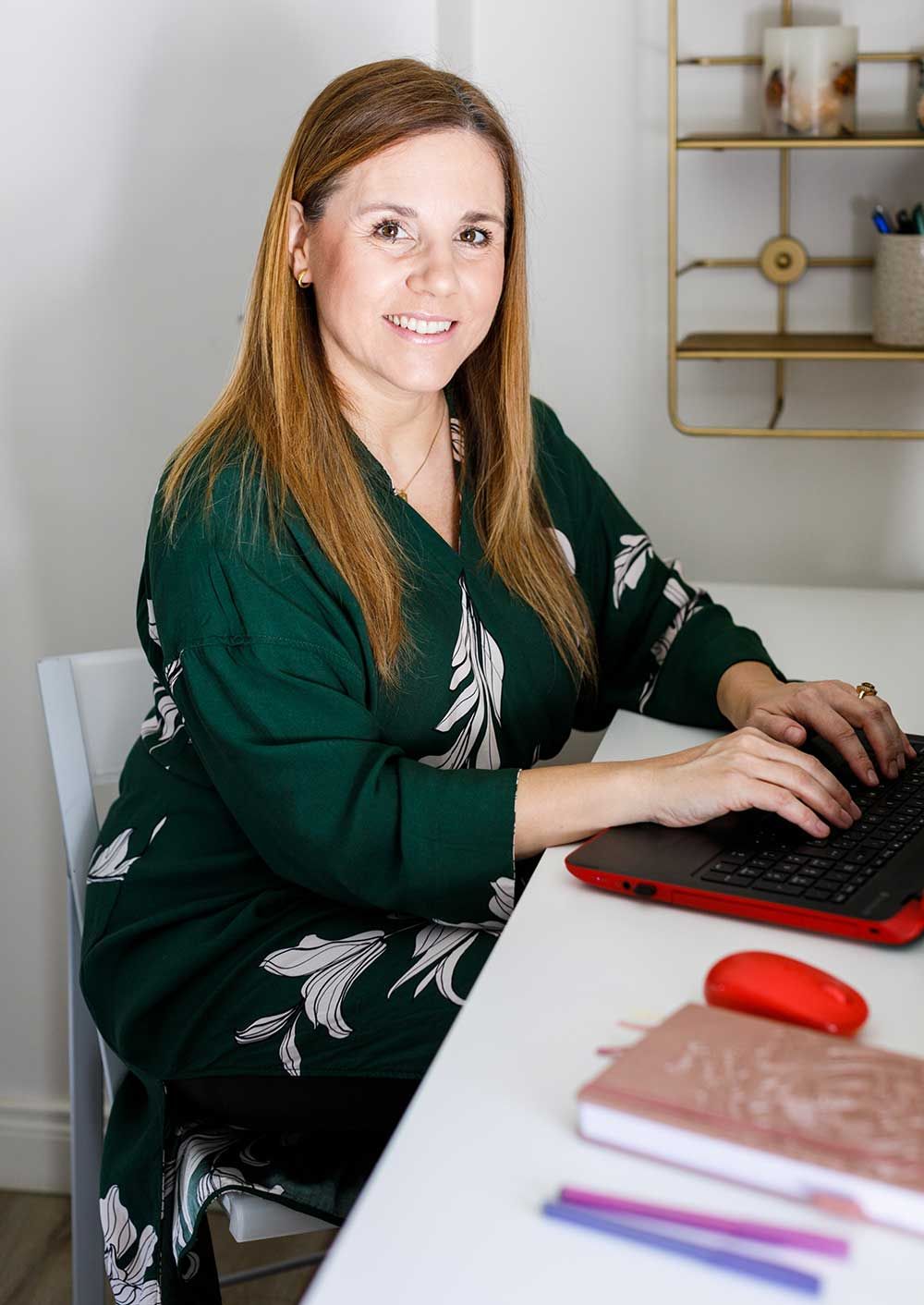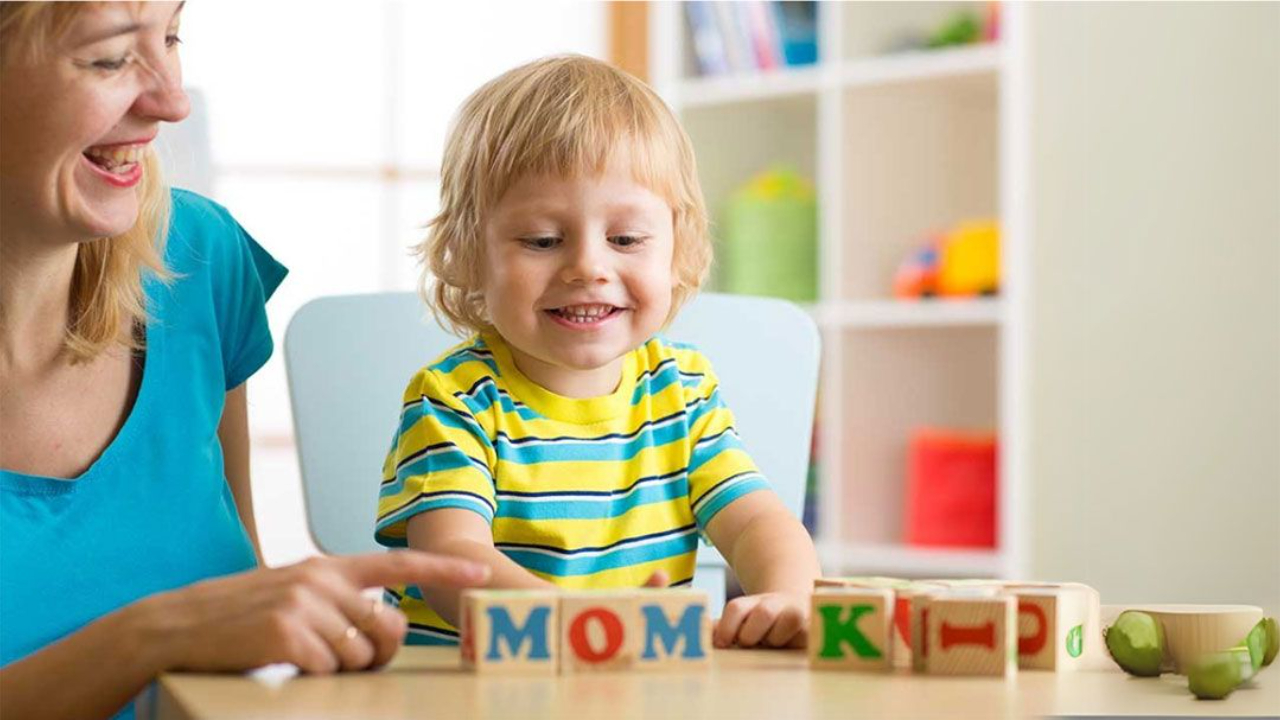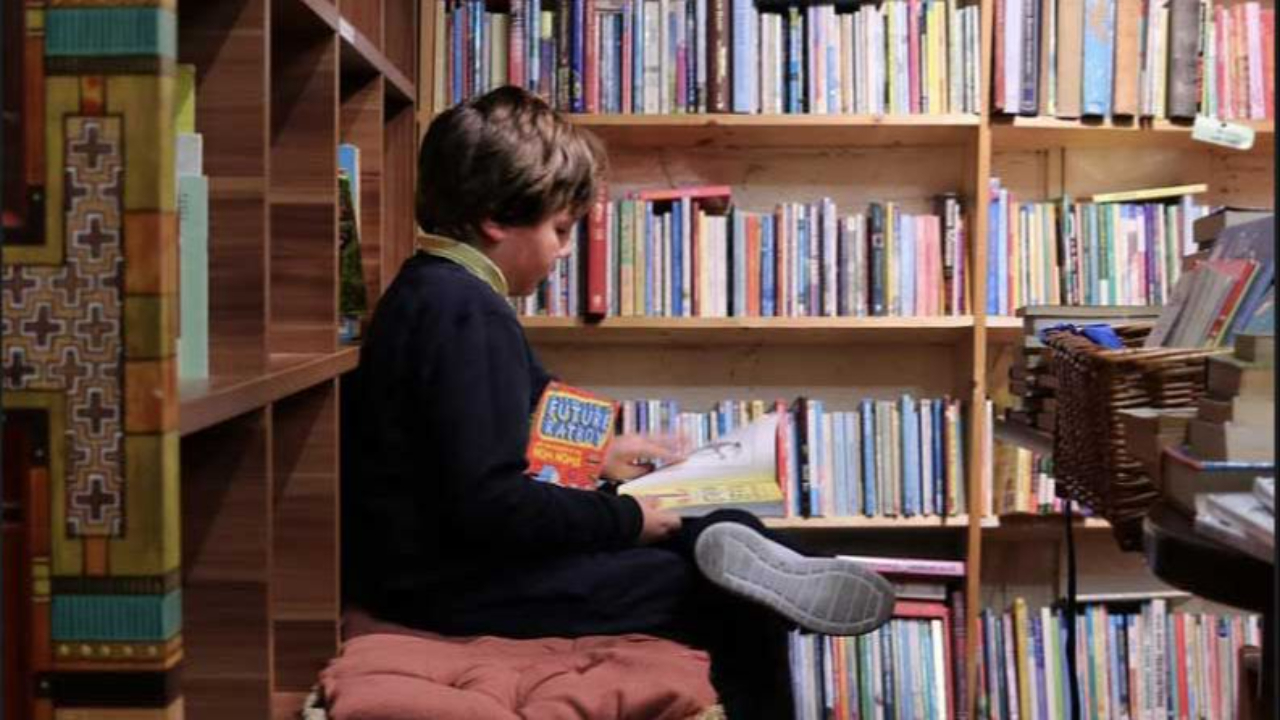
Hi, I’m Silvia.
In my blog, I discuss early intervention and how to build inclusive communities where children of all abilities are valued and supported.
Join My Newsletter
As I prepare new vlogs and articles, I want to ensure that the new content I create is helpful to you. And that is why I would love to hear what's in your mind.
Would you like to know more about parenting a child with additional needs? Or about earl...
When we support children who are not speaking yet, we tend to be anxious for them to say their first words. However, we must first focus on understanding language and the meaning of words, as children need to understand words before using them to com...
As educators and parents, we offer praise when our children cooperate and follow instructions. We might even provide reinforcements for it, such as when we ask them to do a tabletop task and once completed, the child can play with their favourite toy...
Ready, steady, go games help develop your child's listening and attention skills and early communication skills.
In today's blog, I outline the benefits of Ready-Steady-Go games for young children with autism, so you can use these activities to help...
Some children with additional needs learn behaviours that help them avoid doing activities they don't want to do.
From a young age, they may have learned, for example, that performing "party tricks", shouting, or hiding under the table are useful be...
As an early intervention specialist and a mum of an autistic boy, books and reading have always been my best allies to help children learn.
In their early years, I use books specifically to support language development and teach children about the ...
In my last blog (Teaching Reading To Children With Autism), I discussed some key aspects to consider when teaching reading to autistic children. Today, I will address the question, “How do I know if my child/student is ready for reading?”. You may be...
I have noticed over the years that many children with autism are interested in letters from a young age. My young students enjoy matching letters, listening to alphabet songs, and reading printed words.
My son Sebastian was the same. He was fascinat...
Does your child or student know the full address of where they live?
If they got lost or anything happened, would they be able to tell where they live?
Knowing the address of where they live is essential for them to be able to say.
For children who ...
When a child is diagnosed with a developmental delay or a disability, parents are anxious to do all they can to support their child's development.
Finding the right professionals and the long waitlist that public services have often delays the start...
One reason for challenging behaviour in young children, particularly if they have a language delay, is not getting what they want right at that moment.
They want it, and they want NOW!
And they are not pleased if your answer is “not now, later”.
A...
In this blog, I want to offer some advice on having a substitute in the classroom so that autistic children don't feel stressed and unsettled by the change.
- Put a plan in place now, so when a teacher or S.N.A. needs to take sick leave, a written p...
At Christmas time, many children are going to receive lovely presents. Dolls, superheroes, figurines, toy people, family dolls... and they will enjoy endless hours of fun with them. So, let´s pay attention to what type of dolls and figurines we get f...
Children with developmental delays often need more time and practice to learn new skills. The same might happen when we teach them about colours. I often see parents and teachers asking children, “What is that colour?” and kids shrugging their should...
In this video, I will teach you three songs I use in early intervention to help promote fine motor skills development.
I am constantly researching songs, games and toys that help me practice therapeutic exercises with children so it doesn´t feel lik...
Readers' Favorites

Letter from a father to his son (Written 100 years ago!)
Last week, while reading a new book, I came across a letter that a father wrote to his son back in 1923, one hundred years ago! The letter touches on the same struggles that parents face today, making it a timeless piece that every parent should read.

How to stop a child from throwing things
From a cognitive development perspective, children are learning about cause and effect. By throwing, children learn about gravity; they observe how some objects bounce, other things break, and others make a big noise as they land on the floor.
















